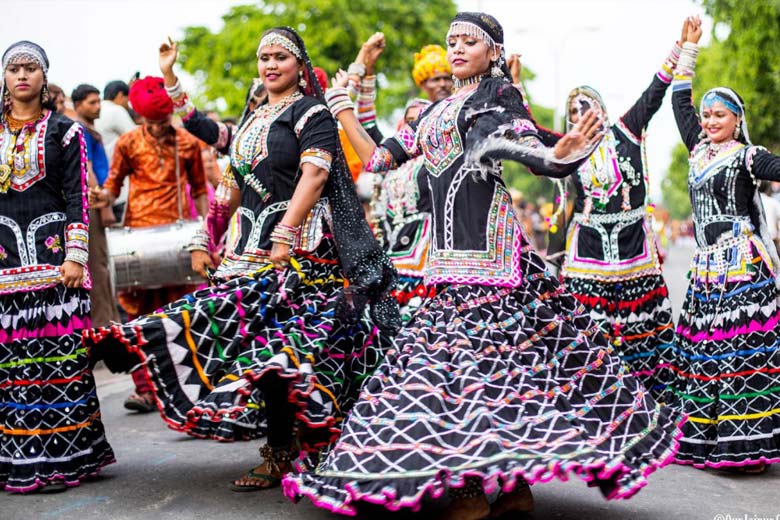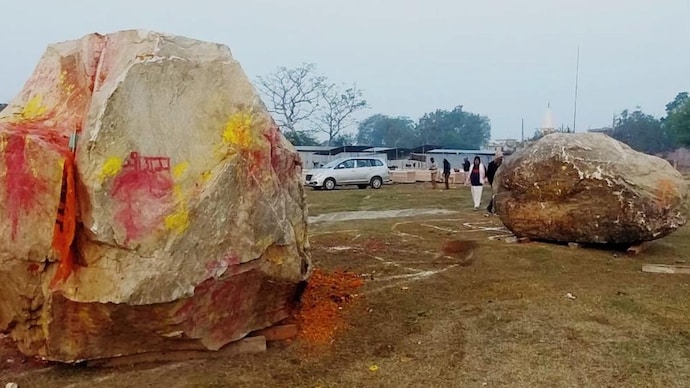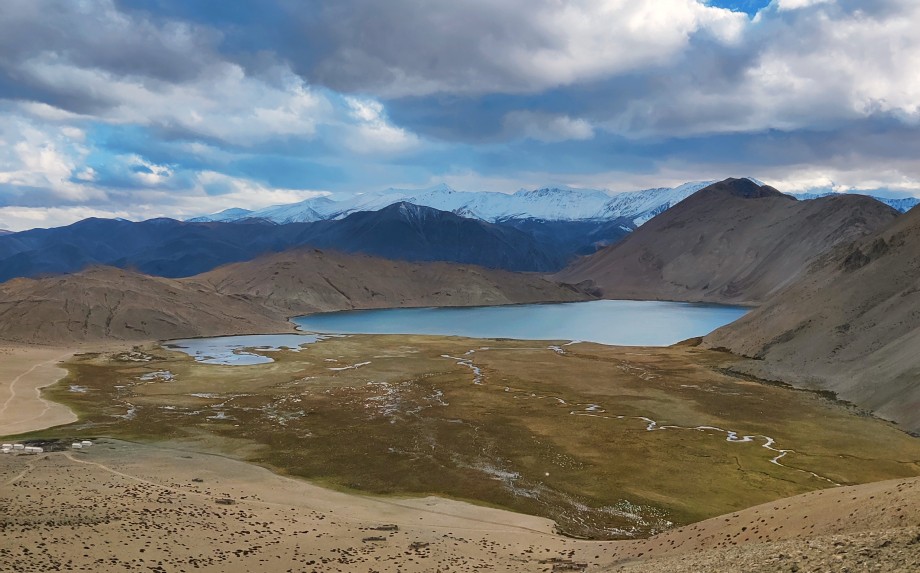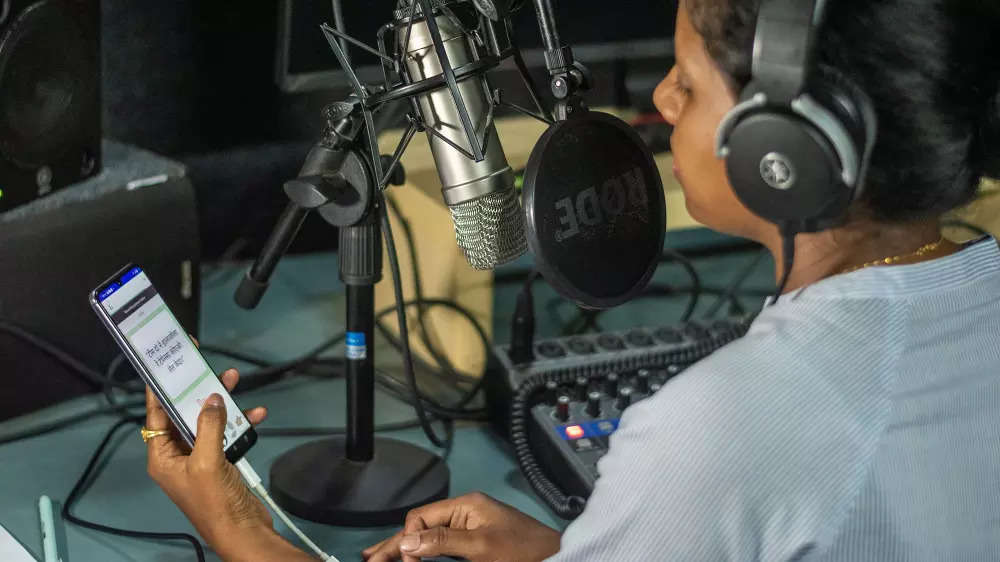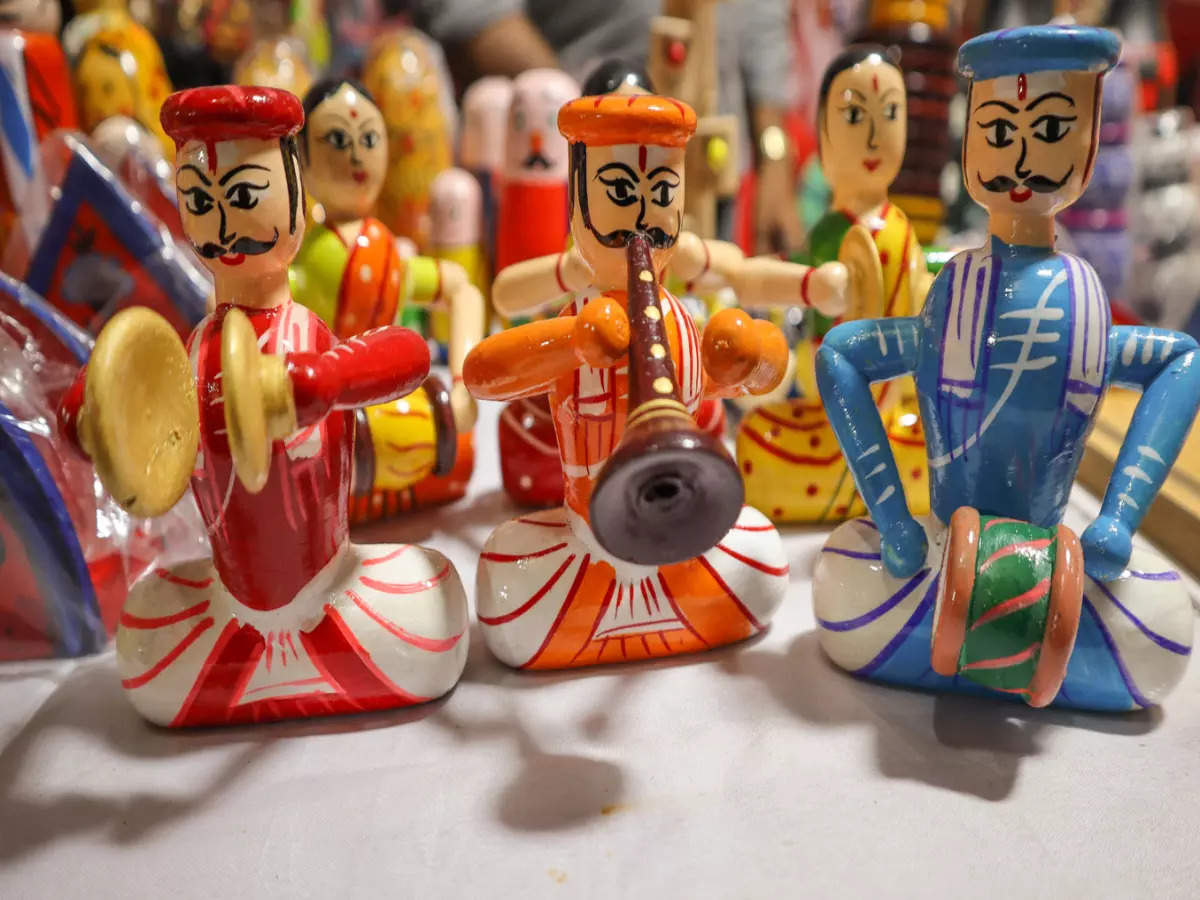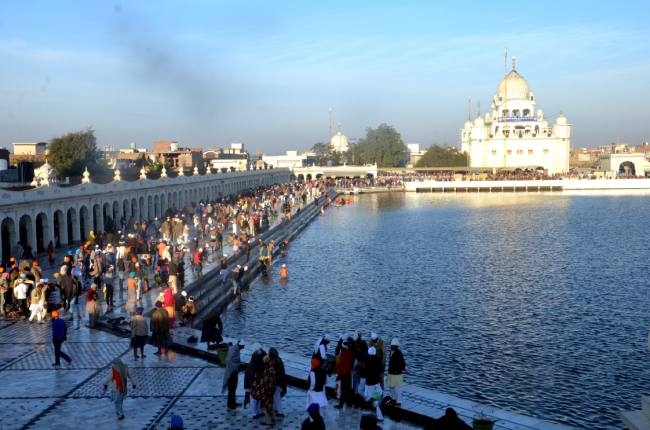Lakhs of pilgrims are flocking to Sagar Island in West Bengal’s southernmost tip for the annual Gangasagar Mela, which takes place between January 12 and 14, to commemorate Makar Sankranti.
What is Gangasagar Mela?
- Devotees from all over the country gather at the confluence of the Ganga and the Bay of Bengal every year during Gangasagar mela to take a sacred dip during Makar Sankranti (mid-January).
- After the Kumbh Mela, the mela is said to be India’s second largest pilgrimage gathering.
- Gangasagar, Bengal’s largest and oldest living tradition, has been mentioned in Indian epics such as the Ramayana and Mahabharata, dating back to 400 BCE.
- According to legend, Queen Satyabhama built the first Kapil Muni’s temple in 430 AD, and Swami Ramanand established the current idol in 1437, ushering in a pilgrimage that continues to this day.
About Sagar Island
- Sagar Island is an island in the Ganges delta, lying on the Continental Shelf of Bay of Bengal about 100 km (54 nautical miles) south of Kolkata.
- This island is part of the Sagar CD Block in the Kakdwip subdivision of the South 24 Parganas district of West Bengal, India.
- Although Sagar Island is part of the Sundarbans, it lacks the tiger habitat, mangrove forests, and small river tributaries that characterise the Sundarban delta as a whole.
- This island is a Hindu pilgrimage site.
- Every year on the 14th of January, hundreds of thousands of Hindus gather to take a holy dip at the confluence of the Ganges and the Bay of Bengal and to offer prayers (puja) at the Kapil Muni Temple.
Source: https://www.gangasagar.in/
